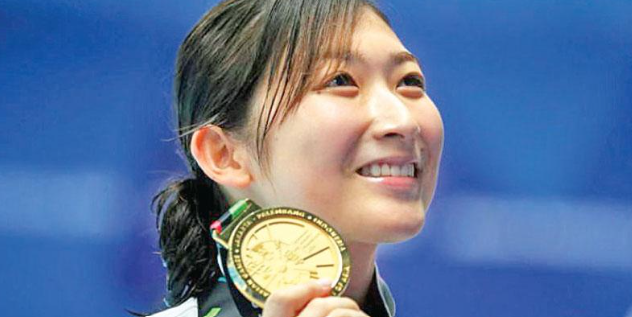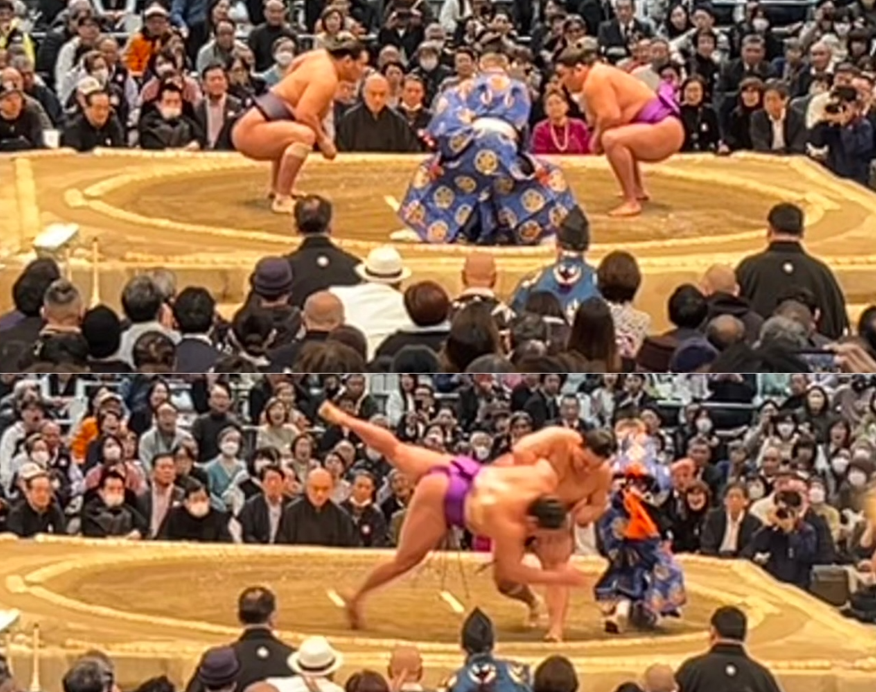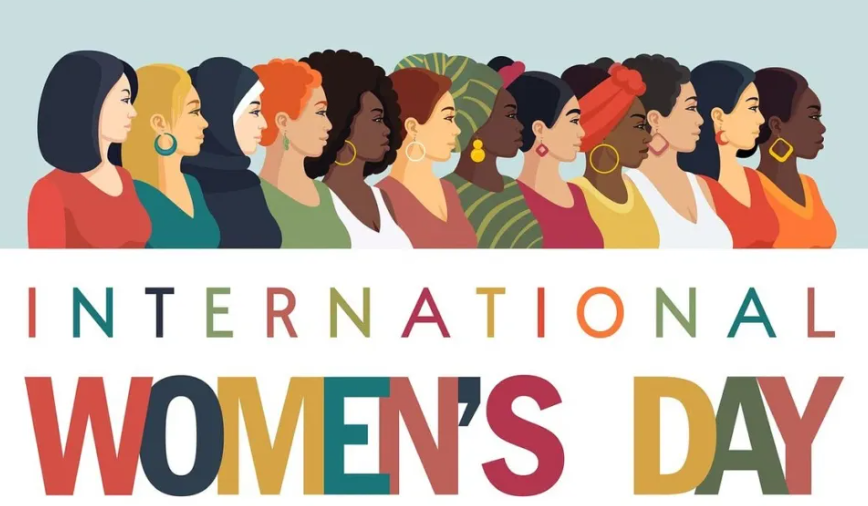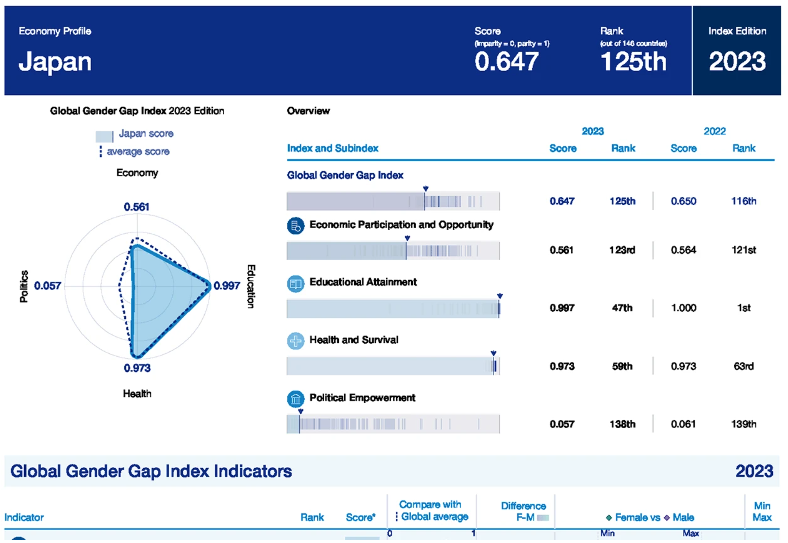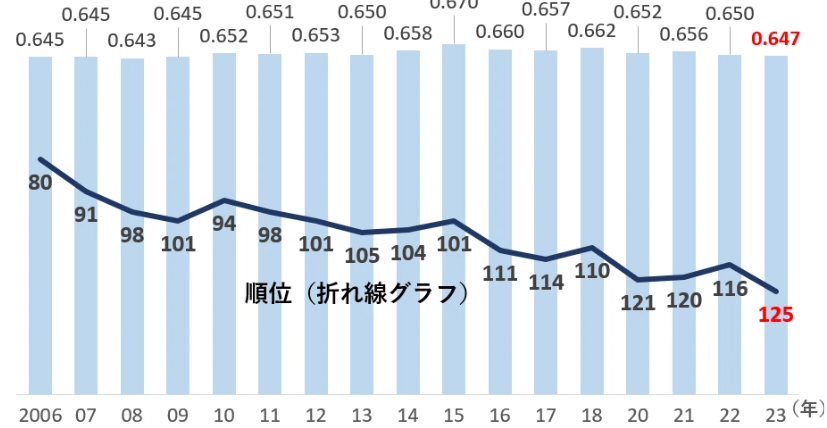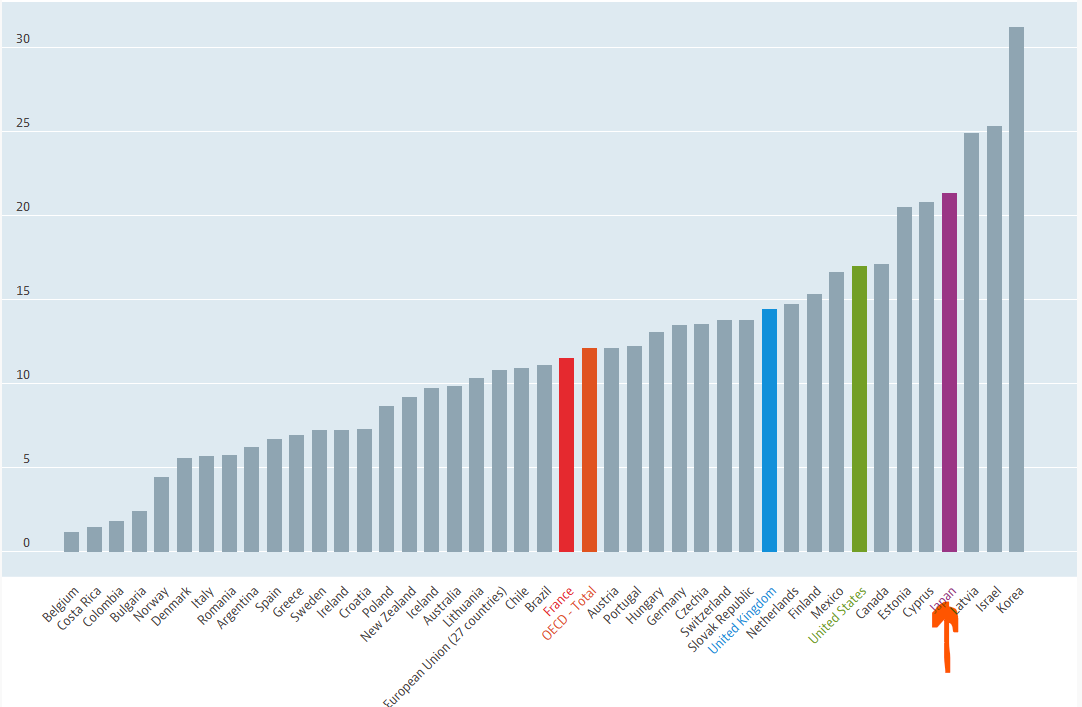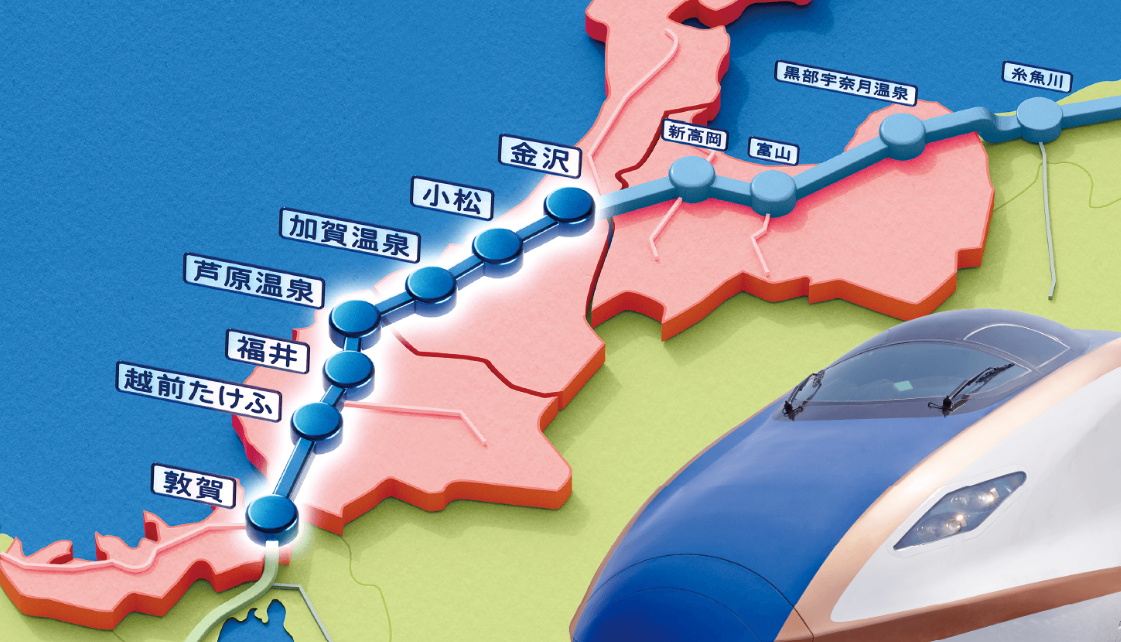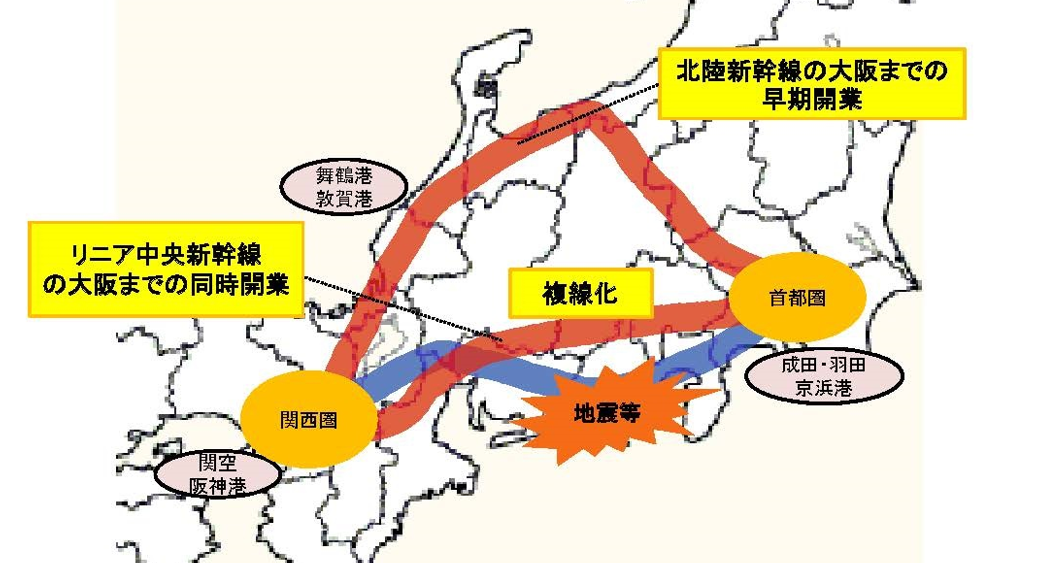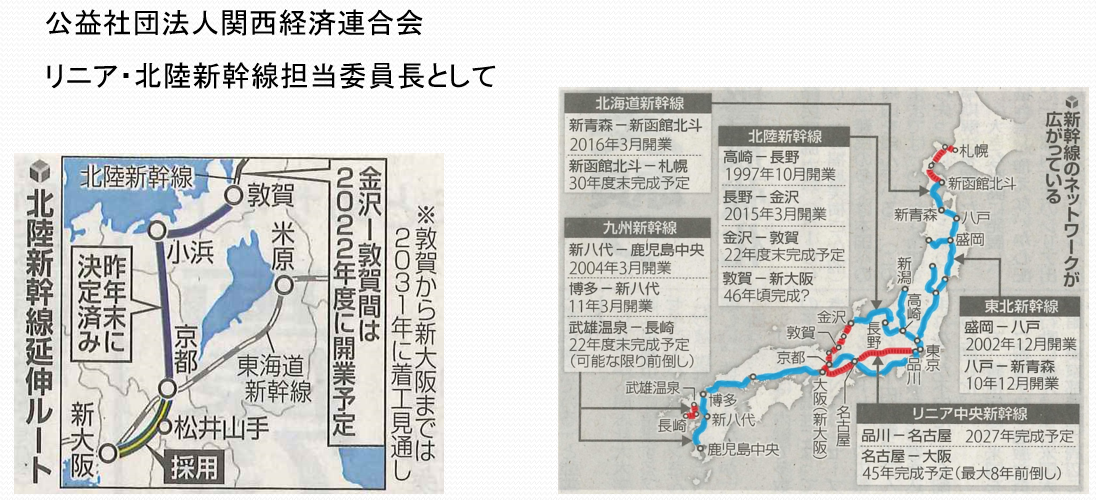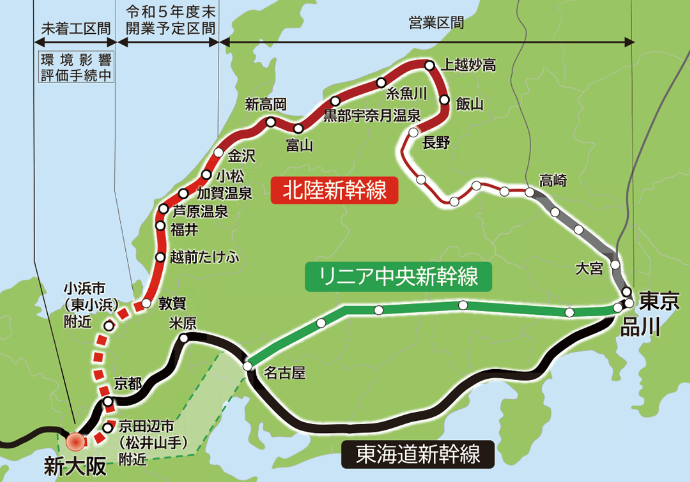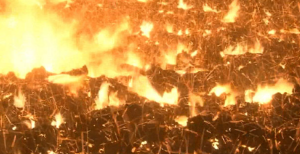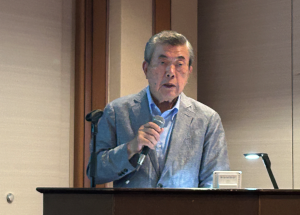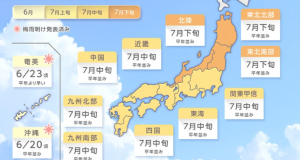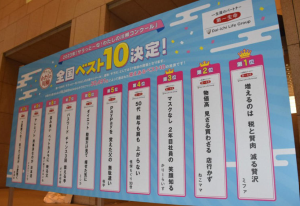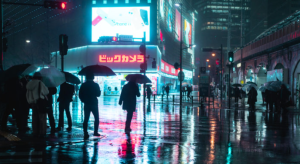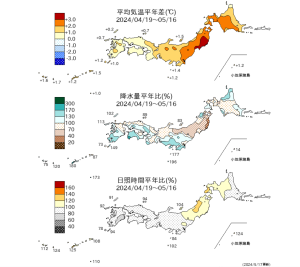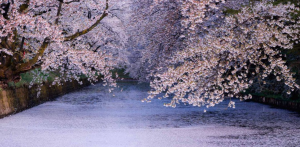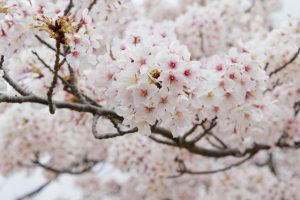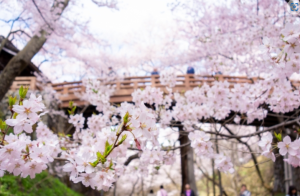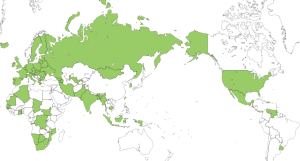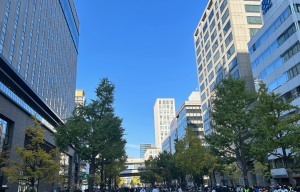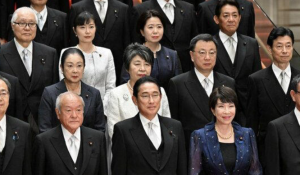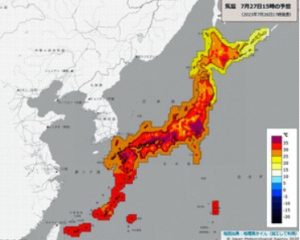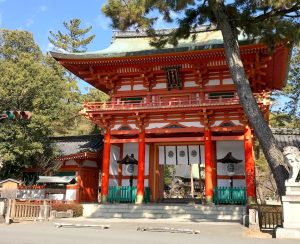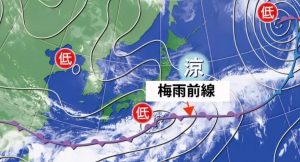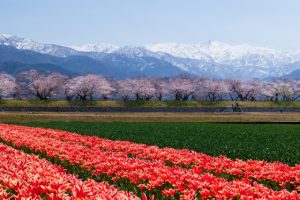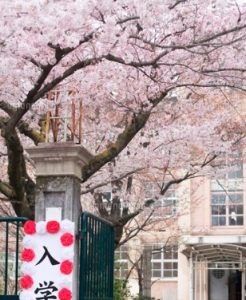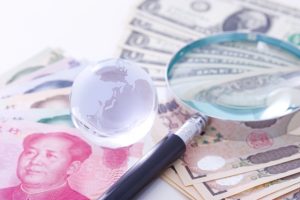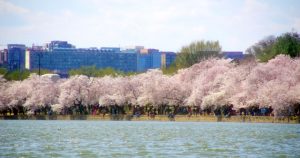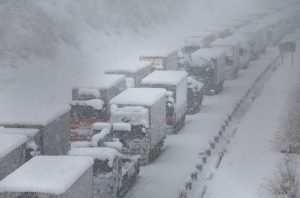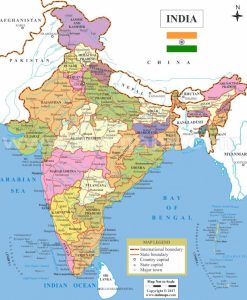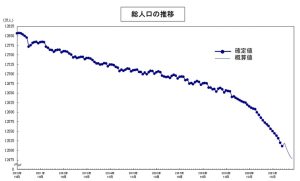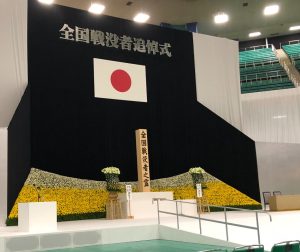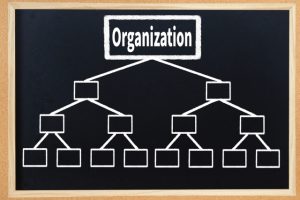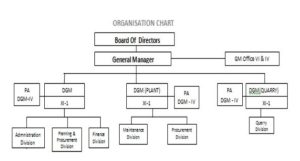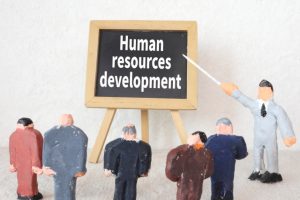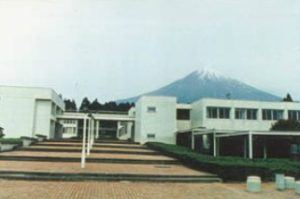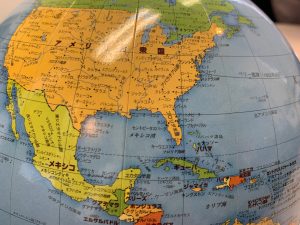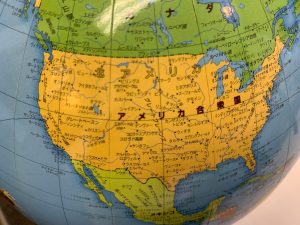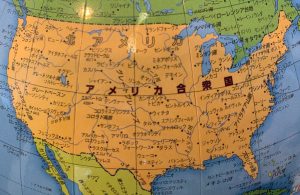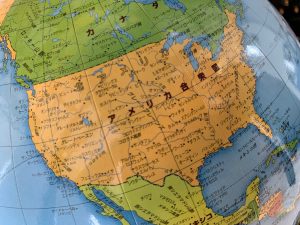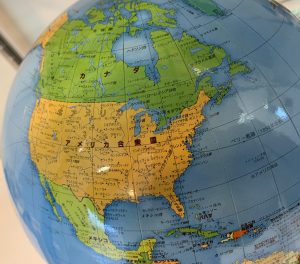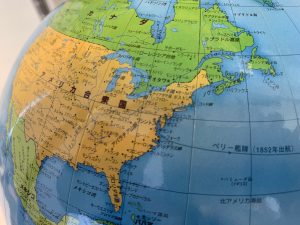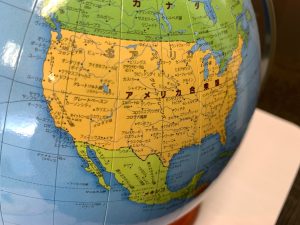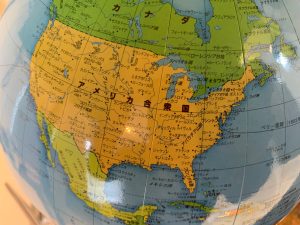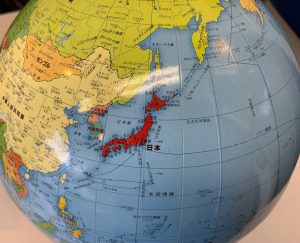Re: A news item and subject which I just want to check out (129) March 22, 2024
Topics of sports were rich this week or so.
First, professional baseball. Congratulations on Mr. Ohtani in Los Angeles Dodgers on his marriage! Not a few women might be disappointed and cry by this marriage. By the way, even if he is an extremely popular player in MLB, essentially, he is a manual labor. From this point of view, it is all about his body. As soon as his life is disrupted, his grades drop and athlete lifespan is also shortened. I think he is fortunate to have a good partner. But the betrayal by a trusted partner was undoubtedly a significant shock for him.
Next, Ms. Rikako Ikee who has received provisional selection for the Paris Olympic games in the women’s 100 m butterfly. She was diagnosed with leukemia in 2019, and after 10 months of medical treatment, she made a successful comeback, and has got a ticket to three consecutive Olympic games in the long-awaited individual event. She is also bringing great courage and hope to those who are battling illness. I send my sincere respect and cheer for her indomitable spirit.
And third is that Takerufuji, who is at higashi-maegashira 17, the lowest rank in rank-and-file wrestlers in the highest division of the professional sumo wrestling, is active. He had 11 consecutive wins until 11 th day and it tied the record by Taiho. Yesterday, he was defeated by Ozaki Houshouryu, and unfortunately, he could not break the record. But there is a good chance of winning. There are a lot of sumo wrestlers who made dramatic debut but then faded away. He has a speedy and imposing sumo wrestling. I expect he will achieve success by all means.
I think that there are no world as harsh and cruel as professional sports, especially individual competition. I have engaged with corporate management for many years, but even if companies have weakness in management, they can compensate with organizational strength.
But in case of sport, the result is obvious to everyone, and deception supported by his “parent’s coattails” does not work. In addition to exceptional talent and ability, only those who make extraordinary efforts with self-discipline can overcome this pressure.
■■What I have recently thought and focused on :
■March 8 is “International Women’s Day” set by the United Nations:
I can’t say that the power of women is being fully realized in the current situation of women’s empowerment in Japan. The first time Japanese government set a goal to “achieve a female representation at least 30 % in leadership positions” was 2003. At that time, it was “up until 2020”, but Japan is as slow as a snail in the midst of other countries’ efforts toward reducing inequality. Therefore, the Gender Gap Index of Japan in 2023 has deteriorated to 125th out of 146 countries, the lowest ever and the lowest rank among G7. One of the areas where the lag is particularly noticeable is the political field. The ratio of female members in the Lower House in Japan was about 10 % and Japan ranked 165th out of 186 countries in the world. Among G7 countries, the ratio of female members of parliament in the United States is 29 % and the ratio in other countries is over 30 %. In the economic field, according to the data of OECD, female labor force participation rate in Japan aged from 25 to 54 was 81 % in 2021 increased by 9 points compared to 2010, and exceeded 75 % in the United States. However, 53 % of Japanese female is non-regular with low income, significantly higher than the ratio of men 22%. And the gender wage gap of full-time workers is about 21 %, significantly higher than about 12 %, the average of OECD. And according to a survey of the Ministry of Health, Labor and Welfare, the percentage of women in management positions in 2022 is 12.7 % remaining at a low level. This percentage in small enterprises is 21 %, but in large enterprises it is below 10 %. Incidentally, in Sweden and the United States, it is over 40 %.
“Generation Z” may be different, but it seems to me that the underlying philosophy “men work and women raise children” is underlying among the middle-aged and elderly generation in Japanese society. This point creates system fatigue for the Japanese pension system, category 3 insured persons system. In other words, both the public and private sectors have not able to get out of the situation called “what is considered common sense in Japan might be seen as unusual in others around the world”. This is one of big factors that have hindered Japan’s diversity and brought about the current decline in Japan’s influence. Japan is becoming exceptional among G7 now. The road to change is no small feat. Preparation of fundamentals such as introduction of equal wages for equal work, human resources evaluating aptitude and job suitability for individuals regardless of gender is necessary. And needless to say, we need to change the mindset of women themselves.
■The Hokuriku Shinkansen connecting Kanazawa and Tsuruga has opened:
The extension construction of the Hokuriku Shinkansen from Kanazawa to Tsuruga, 125 km, where the construction has been underway since 2012, has been finally completed and it has opened on March 16. The three prefectures in the Hokuriku region are now connected by Shinkansen.
I had served as the chairman of the Special Committee of Kansai Economic Federation aiming for “early connection of Linear and Hokuriku Shinkansen to Osaka” for 6 years since 2011. I remember nostalgically that I attended rallies aiming for early extension to Tsuruga several times during the period, and responding to compelling pleas of landladies of Awara Onsen “delay of construction commencement is a matter of life and death”, I chanted together with them. I am also impressed with the opening this time.
For your information, “Kagayaki” and “Hakutaka” being through between Tokyo and Tsuruga are scheduled to go and come back 14 times a day, and the time required is 3 hours and 8 minutes. Between Tokyo and Fukui is 36 minutes faster and between Tokyo and Tsuruga is 50 minutes faster than before. On the other hand, the “Thunderbird”, a limited express train, that has run between Osaka and Kanazawa for 60 years including “Raicho” period has disappeared from Tsuruga and northward on March 15. Therefore, traveling from Osaka to Kanazawa needs to transfer to the Hokuriku Shinkansen at Tsuruga, and it is a little bit inconvenient. The time required is 2 hours and 9 minutes at the fastest 22 minutes faster than before.
According to Development Bank of Japan, due to the extension from Kanazawa in Ishikawa prefecture to Tsuruga in Fukui prefecture, the annual economic impact of both prefectures together amounts to 58.8 billion yen.
And from now on, it will be the time for the extension from Tsuruga to Shin-Osaka. Amidst concerns of the Nankai Trough Earthquake, doubled tracked Shinkansen connecting Tokyo and Osaka is important. As far as running route is concerned, there had been a lot of debate over which way to run whether Kosei route, Tsuruga, Obama and Kyoto or Maibara route, but in 2016 when I served as the chairman of the Special Committee, “Obama and Kyoto route” was decided. The plan at that time was to start construction in 2031 and to connect to Osaka in 2047. However, from concerns to destruction of nature, opposition movement has happened in some areas, and even the start date of construction has not been decided. Under the current situation, the growing divergence between Hokuriku and Kansai regions is a cause of concern.
The construction plan of the Hokuriku Shinkansen was established in 1973. The starting point is Tokyo and the final end point is Osaka. JR East operates between Tokyo and Jyoetsumyoko in Niigata prefecture and JR West operates between Jyoetsumyoko and Tsuruga. Looking back over the past, in 1997 the year before the Winter Olympics in Nagano, between Tokyo and Nagano opened in advance as “the Nagano Shinkansen” and after that, between Nagano and Kanazawa opened in 2015. 9 years later, it has connected to Tsuruga and starting from Tokyo, it took a whopping 51 years. And if it goes as expected in 2016, connecting to Osaka will be done in 2046, 22 years from now. Tokyo is becoming more and more centralized and at the same time, the situation being extremely vulnerable to disasters will continue. On top of that, the longer construction work drags on or gets delayed, the more construction costs inflate. This is no match for the speed of China.

